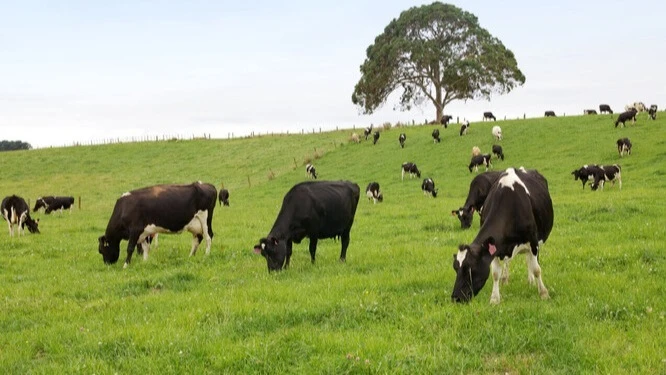Collective tree planting fine; use better options

TREE planting has always been at the heart of environmental conservation campaigns for towards of three decades with some landmarks in how the government and other stakeholders routinely relate to those campaigns. For one thing, planting and nurturing trees has usually been an aspect of ceremony especially at appointed days during commemoration calendar, as it was the case at midweek.
There was an appeal for tree planting by the breadth of public agencies (usually referred to as institutions) in order to mitigate the severe impacts of drought, which looked somewhat political but by experience it can at times work.
It was pointed out that vital sectors such as water, livestock and agriculture would benefit immensely from a collective drive of that sort, which a deputy permanent secretary set out as a united front among environmental stakeholders.
They would unite with the public to combat desertification and drought, this affirmation being the high mark of officiating at a national event to mark the World Day to Combat Desertification and Drought. In part he was talking to the converted as most public agency are fairly keen on environmental issues, but scarcely beyond formalisms.
That this collective effort, if it materialised would be helpful and in good measure is without doubt, but such operations need allocations of time and funds, while their more negative aspect is sustainability. Usually organised for ceremonies like anti-desertification forums, making such drives a usable environmental strategy has always been problematic.
That this method still has much support among policy advisers can relate to allocation interests, that funds are approved for the purpose and there is a general feeling that this is for the public good, not intense accounting.
An illustration of such justification is an observation that collective – institutional – tree planting is for the well-being of present and future generations, aligned with international agencies’ strategies to globally restore one billion hectares of degraded land by 2030. Just how many hectares of possibly degraded land is likely to be targeted in the local campaign was not stated, nor the funds that would be put to use for the purpose.
What isn’t in doubt is that a fraction of such cash, if most public institutions were to get involved, would be adequate for small firms to do a better job with the cash as leverage financing while taking out loans for the project.
Merely saying that Tanzania is among countries significantly affected by drought, thus having to implement various measures to address the issue effectively, via collaboration among agencies in each w ministry, presumably aided by bilateral and multilateral organisations, is no longer a strategy.
No one knows where non-governmental organizations will decide to put their money – and indeed how much money they will be having in a few years. Asking the private sector to join as well as religious institutions implies token tree planting, not environmental PPP deals.
Definitely there is need for an updated national action plan to actually combat desertification and implicitly, drought which may as well compel a review of the National Environmental Policy. It appears that the latter is strongly focused on action by public agencies with funds they set out for themselves, and expect that the moves will be appreciated by the national leadership at one or other forum devoted to environmental action. Eventually, yes, this may involve ‘promoting’ productive and environmentally sustainable livestock keeping, in a clear manner.
Top Headlines
© 2025 IPPMEDIA.COM. ALL RIGHTS RESERVED

















